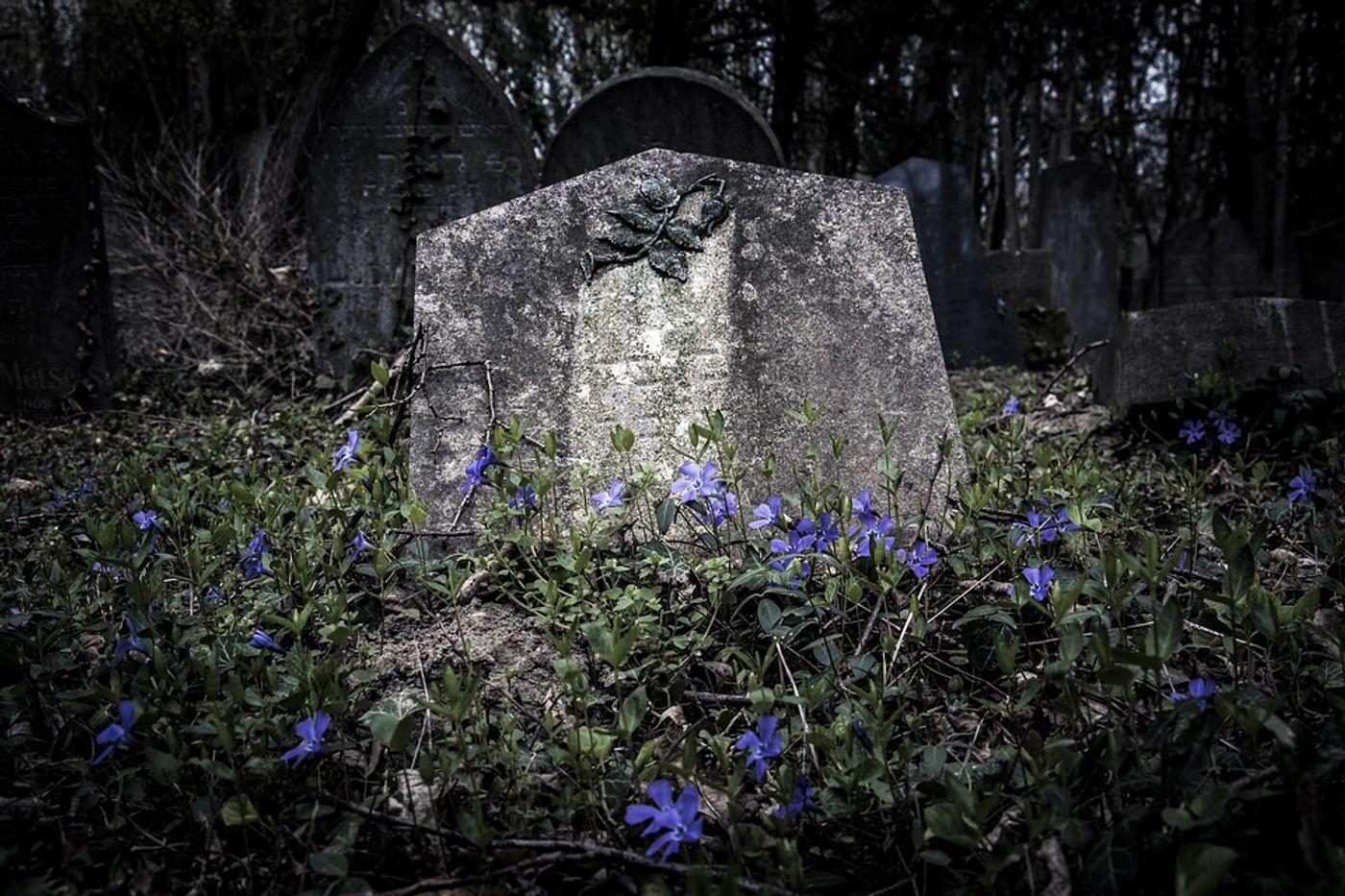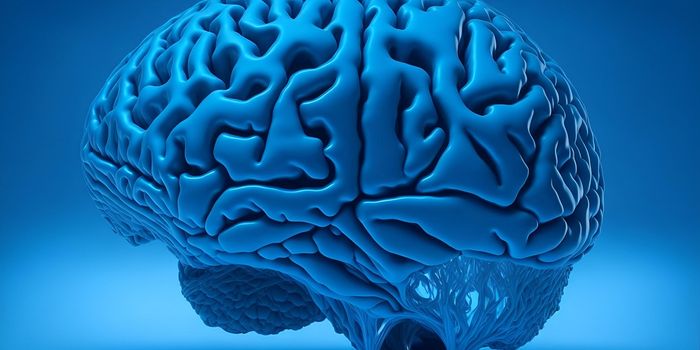What is love to a Neandertal?
Neandertals, historically, have gotten a bad rap (which they do not deserve!). In her 2020 book, Kindred: Neanderthal Life, Love, Death, and Art, Rebecca Wragg Sykes reflects on the Neandertal legacy, highlighting the important work that Jean Auel did in her fiction series Earth’s Children (perhaps best known by the first book in the series, Clan of the Cave Bears). Sykes writes that, because of Auel’s books, people now saw that “Neanderthals were allowed to love, and be loved.”
And so, in honor of Valentine’s Day—a day centered on love in all forms—it’s worth discussing what we know about how Neandertals love.
[Author’s note: One of the earliest Neandertal fossils was discovered in the Neander Valley in Germany, which is where the species gets its name. The contemporary word for “valley” in German is “tal,” so some anthropologists—the author included!—call the species “Neandertal,” not Neanderthal (dropping the ‘h’), but both are correct.]
For humans, there are many ways to love, and to show signs of love. There is romantic love between partners, love within families, and signs of caring which is likely rooted in some form of love.
There is an evolutionary advantage to love—if you feel loved and cared for, you are more likely to have sex and therefore keep your species going. There’s a term for this: evolutionary psychology, or the idea that we act and think as we do today because our ancestors who thought and acted like we do ended up surviving longer. We see various examples of “loving” partnerships throughout other primate species: monogamy in owl monkeys, mate guarding in macaques, and forms of commitment like marriage in humans.
We’ll never really know what romantic love was like for Neandertals. But, there are ideas as to what sex may have been like between Neandertals. Evidence also suggests that there was interbreeding between Neandertals and humans so there likely were relationships there, too. There is evidence of STDs in Neandertal fossils, so we do know that they likely had intercourse in a similar way to modern humans.
Scientists have also found a distinct microorganism called Methanobrevibacter oralis in a Neandertal tooth. M. oralis is found in modern humans also and we know that one way this microorganism transfers is via kissing leading some scientists to speculate that Neandertals may have kissed each other.
While we can assume there were some forms of partnerships and/or romantic love among Neandertals, we don’t have explicit evidence for it. What we do have explicit evidence for, however, is signs of caring.
One hallmarking example of this is seen in a fossil called “Nandy” to anthropologists, or Shanidar 1 more formally. Nandy was between 30 and 45 when he died, and his skeleton exhibited severe signs of deformity (possibly DISH—diffuse idiopathic skeletal hyperostosis) which would have made life without help almost impossible. Complications from his disease resulted in profound hearing loss, among other issues. He also suffered at least one—if not more—skeletal traumas that resulted in a crushed eye orbit which almost certainly left him partially, if not fully, blind. His right arm was unusable due to amputation (which was probably necessary after childhood disease and/or trauma) and his legs showed healed fractures meaning that they were both broken and he probably walked with a limp. Researchers argue that Nandy could not have lived alone, and that he was alive only through immense help from community members.
There are further examples of healthcare in Neandertals. Another individual found in the Shanidar cave— Shanidar 5—had a stab wound in his eighth and ninth ribs that was ultimately fatal, though showed some healing indicating that someone did try to help save him.
Reconstruction of a female Neandertal pelvis shows that childbirth would have been similarly difficult as it is in humans. In other words, the fetal skull did not fit seamlessly through mom’s narrow pelvis, suggesting that birth was both painful and complicated. Humans engage in a cultural practice called obligate midwifery or the idea that mothers need help from someone else to successfully give birth. The shape of their pelvis means that Neandertal mothers needed this cultural adaptation, too.
Other forms of disease have been seen in Neandertal fossils, like in La Ferrassie 1, an adult male who was hypothesized to have had a case of hypertrophic pulmonary osteoarthropathy (HPO). La Chapelle aux Saints, a fossil of an adult male discovered in 1908, was originally thought to have had disease but scientists now think he simply displayed signs of old age.
Perhaps, for Neandertals, love was about community. They showed signs of caring for community members who needed it—birthing mothers, the sick, the elderly. There is also evidence for caring for the healthy members of the community. Recently, a team announced evidence that Neandertal groups were hunting and killing elephants, and the meat harvested from these hunts could have fed over 100 people. We know that Neandertals lived in groups—where groups included both related family members and others—and now we know that there was likely an effort made to help the whole group survive.
One of the greatest forms of love is also respecting the life of your community members once they die, and there is direct evidence for intentional, meaningful burials. The fossil named Shanidar 2, for example, was likely killed by rocks falling from a cave ceiling; he was given a ritual send-off that included a small pile of stones with worked stone points on top of his grave. Moreover, there was evidence of fire next to his burial site. Shanidar 4 is perhaps the most famous burial due to the presence of pollen samples found in the dirt by the grave site, suggesting that flowers might have been laid on the grave.
There is certainly evidence supporting the idea that Neandertals cared, and oftentimes love comes with care. Obviously, we can only infer so much from the fossil record. But, given what we know about human and primate evolution, the ability for Neandertals to love is likely.
Robert Sawyer—author of Hominids, a sci-fi book imagining that humans died and Neandertals survived—said in an interview, “I wish I could paint a more romantic tale of candlelit dinners over mammoth steak…I think absolutely that they could fall in love. The emotion of love clearly exists in lesser primates…given that our common ancestors had that ability…then obviously Neandertals had it as well as we had it.”
Sources: Massive Science, New York Times Book Review, Discover Magazine, Live Science, International Journal of Primatology, University of California News, BBC, Nature, Cleveland Clinic, Science Daily, Max Planck, Smithsonian Museum of Natural History (La Ferrassie), Smithsonian Museum of Natural History La Chappelle aux Saints, New Scientist, Labroots, Vox












